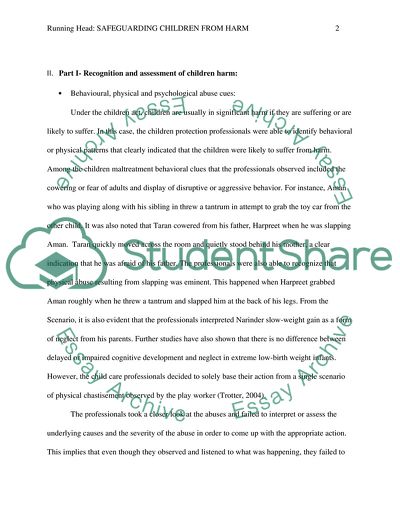Cite this document
(Social Safeguarding Children from Harm Case Study, n.d.)
Social Safeguarding Children from Harm Case Study. Retrieved from https://studentshare.org/social-science/1747505-safeguarding-children-from-harm
Social Safeguarding Children from Harm Case Study. Retrieved from https://studentshare.org/social-science/1747505-safeguarding-children-from-harm
(Social Safeguarding Children from Harm Case Study)
Social Safeguarding Children from Harm Case Study. https://studentshare.org/social-science/1747505-safeguarding-children-from-harm.
Social Safeguarding Children from Harm Case Study. https://studentshare.org/social-science/1747505-safeguarding-children-from-harm.
“Social Safeguarding Children from Harm Case Study”, n.d. https://studentshare.org/social-science/1747505-safeguarding-children-from-harm.


